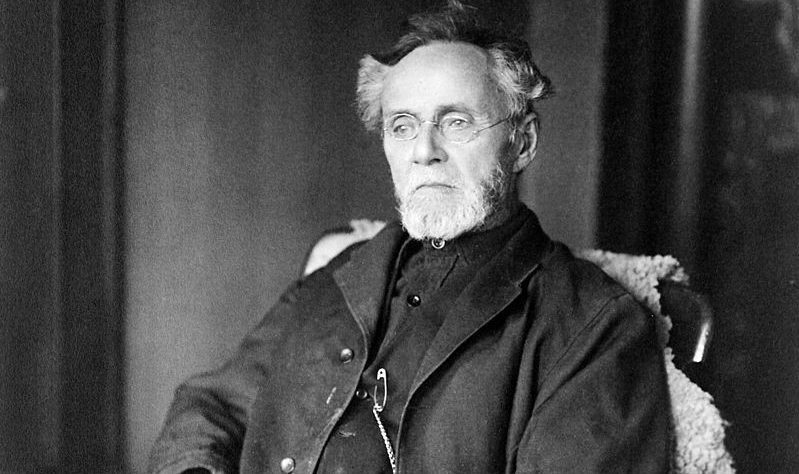At the turn of the 20th century, the practice of medicine was rudimentary to say the least. Patients were medicated with such dubious treatments as castor oil, whiskey, arsenic — and of course bloodletting by way of leeches. Unsanitary surgeries resulted in few cures — and many deaths.
It was at this time that Andrew Taylor Still, MD pioneered a radical new form of medicine. He believed that traditional medicine of the time treated symptoms rather than the underlying cause of disease itself, and that the object of the physician was to take a holistic approach to understanding the patient, body-mind-spirit, and to find and promote health. He postulated that “rational medical therapy” ought to consist of those therapies that promote health, including osteopathic manipulative treatment of the musculoskeletal system and surgery – the drugs available at the time should only be used sparingly. In 1892 he founded The American School of Osteopathy, in Kirksville, Missouri, and began teaching osteopathic medicine according to this methods and philosophy.
If A. T. Still were alive today he would see that many of his then “radical” ideas have been adopted by mainstream medicine. Any good doctor today, regardless of their suffix, will likely ask questions about body mind and spirit, “How is your diet?”, “How are things at home?”, “Are you feeling stressed at work?”, “What are your concerns about your symptoms.” Dr. Still would also be elated at the growth of the profession. The fact that we’re now approaching 150,000 DOs and osteopathic medical students in the United States, and that one in four US students starting medical school today have chosen to enter an osteopathic medical school would be very satisfying. He’d also be very pleased to see osteopathic medicine spreading across the globe and take great pride in the legacy he left behind, and the impact his philosophy has had on modern medicine and healthcare.
Unfortunately such widespread acceptance can present the risk of forgetting one’s roots. Dr. Still may be concerned that a number of DO students opt not to practice or develop their OMT skills in clinical training and residency, and are unable to offer this treatment to patients. He might wonder why more resources have not been dedicated to outcomes research. Most DOs are very patient-oriented by nature, and focus on care more than designing research protocols and crunching numbers. On the other hand, pharma is able to offer massive funding to study pharmacological interventions. There has been some research on our end, but more needs to be studied on OMT outcomes versus other methods, showing which patients are healthier post-treatment, which patients are getting back to work faster, and which patients are more satisfied with their recovery.
We’re extremely proud to continue the legacy of A. T. Still, and make conscious efforts to remember where we came from.
Based on an interview with John R. Gimpel, DO, MEd | President and CEO | NBOME

